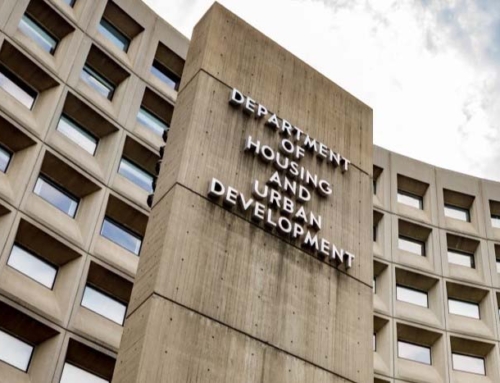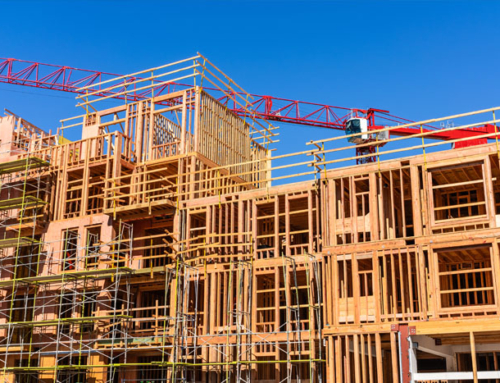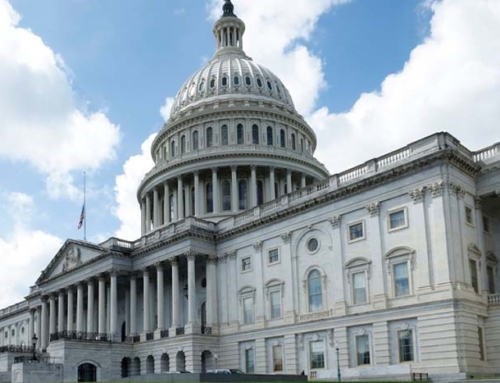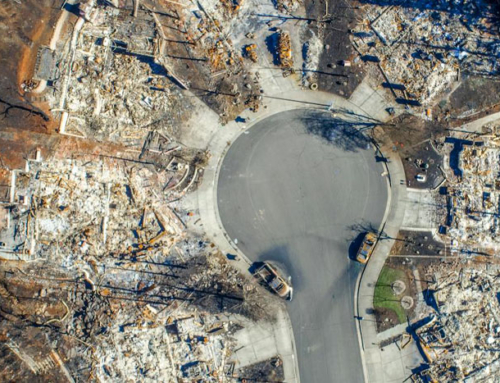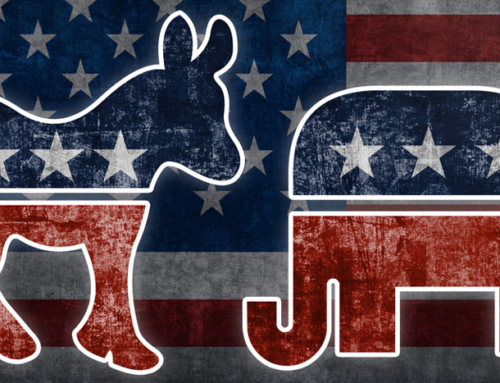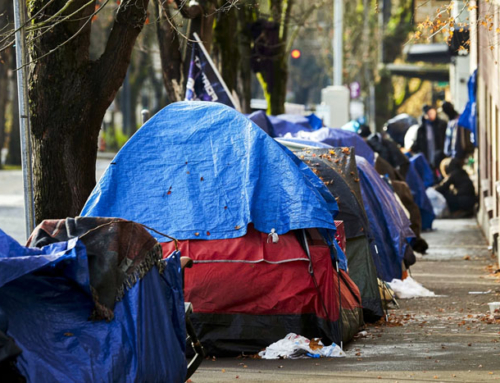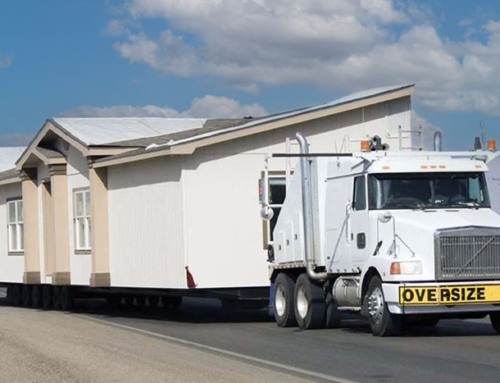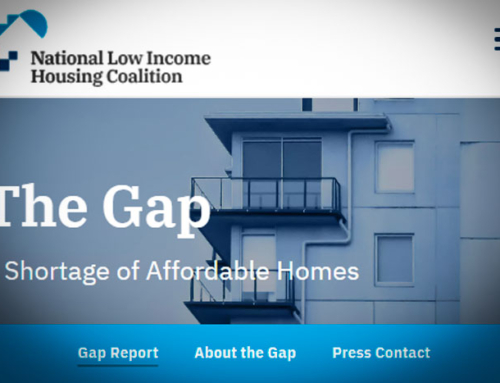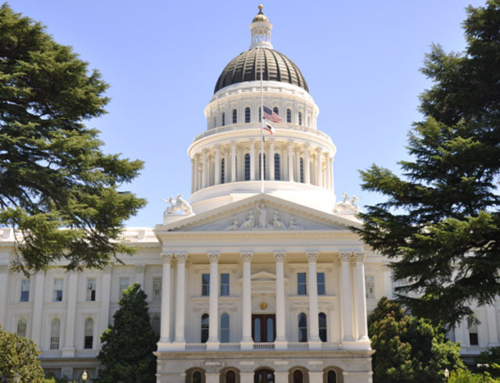Last year, the National Oceanic and Atmospheric Administration recorded 28 weather and climate disasters, eclipsing the previous high of 22 in 2020, resulting in at least $92.9B in damage across the US. Between 2011 and 2021, 90% of all counties in the US had federal disaster declarations. The increasing prevalence of climate-related disasters has led to increased insurance costs nationally for homeowners and developers alike. In California, multiple insurance companies have canceled or withdrawn insurance policies or are leaving the state altogether. As a result, from September to March 2024, more than 45,000 homeowners have turned to California’s FAIR Plan, an insurer of last resort.
Affordable housing developers face particular challenges: since most affordable housing developed is deed-restricted, developers are limited in passing higher insurance costs on to tenants. Yet nearly a third of affordable housing providers reported insurance increases of at least 25% last year, according to the National Leased Housing Association (NLHA). Such insurance increases add to the mounting costs faced by affordable housing developers, including an increase in litigation and large-dollar judgments.
A number of policies are being proposed to address this issue both in California and nationally. Ricardo Lara, California’s Insurance Commissioner, was tasked by the Governor last fall with fixing home and fire insurance availability and affordability and has been rolling out a plan, the Sustainable Insurance Strategy Plan, to address this issue. The plan is expected to take effect by the end of the year and comprises three main regulations:
- Rate review streamlining: Providing greater clarity around requirements and guidelines for the California Department of Insurance’s (CDI) rate review process. CDI has the power to approve or deny insurers’ requests to raise premiums, and insurance companies have complained that the process is holding up approvals.
- Use of catastrophe modeling: Allowing insurers to use catastrophe modeling when setting their premiums and requiring that any model must include risk mitigation that is being taken at the property, community and landscape scales. Catastrophe modeling combines historical data with projected risk and losses.
- Expanding insurance coverage options: Requiring large insurers to write 85% of their statewide market share in high-risk areas, as defined by CDI, and maintain those policies for three years. Smaller companies and other insurers that cannot meet the 85% requirement will need to expand their policies by at least 5%. These quotes can be met either at the county or ZIP code level.
Given the urgency of the situation, the Governor and legislators are also getting involved. The Governor released a trailer bill tied to the state budget, which may be passed early July. Similar to Lara’s plan, the bill would add language to the insurance code that tightens the timeline of the review process, giving CDI up to 120 days to respond to insurer rate-review requests with a newly required estimated rate. At that point, unless there is an objection by a consumer or consumer representative during the review’s public hearing, the insurance companies can accept the estimated rate and apply it. The application could be rejected if a commissioner disapproves following the hearing or certain extraordinary circumstances exist. Currently, the average time for homeowner rate review requests is 196 days.
The following pieces of legislation have additionally been introduced to address the insurance issue:
- SB 1060 (Becker, D-Menlo Park): similar to Lara’s proposal, this bill seeks to incorporate mitigation into insurance companies’ underwriting decisions when they consider whether to write or renew policies.
- AB 2983 (Rodriguez, D-Chino): calls for the CDI and the California Office of Emergency Services to work together on figuring out whether investments in mitigation are helping insurance availability.
- AB 2416 (Connolly, D-San Rafael) would require the Insurance Department to evaluate every three years whether to update its Safer from Wildfires regulation, which identifies steps property owners and officials can take to protect their homes and communities. The steps include installing fire-rated roofs, upgrading windows, removing combustible sheds and more.
- AB 2996 (Alvarez, D-Chula Vista) would authorize the California FAIR Plan Association to provide basic property insurance policies for common interest development associations and existing multifamily properties.
Climate-related disasters have impacted housing insurance across the US, resulting in national-level initiatives. California’s Rep Mike Thompson (D-CA-4) introduced HR 7849, the Disaster Resiliency and Coverage Act of 2024, which would establish a program for individual homeowners in certain areas to receive grants of up to $10,000, as well as tax credits for homeowners and businesses, for mitigation. HUD has additionally adjusted its formula for operating costs on its properties to reflect rising expenses, including that of insurance: in 2023 and 2024, adjustments increased by 6.1% and 5.3%, more than double previous years. Lastly, Housing Partnership Network, a national group of nonprofit housing developers, has expanded its insurance initiative, the Housing Partnership Insurance Exchange, to insure over 100,000 units of housing valued at more than $26B. About two dozen developers belong to this exchange, including Abode Communities, Linc Housing, and Bridge Housing.
© LeSar Holdings/LeSar Development Consultants. All Rights Reserved. Please be advised that any republishing of copyrighted material provided by our organization, in whole or in part, requires prior written authorization. For permission, please reach out to [email protected]. We appreciate your understanding and compliance in upholding copyright laws.



